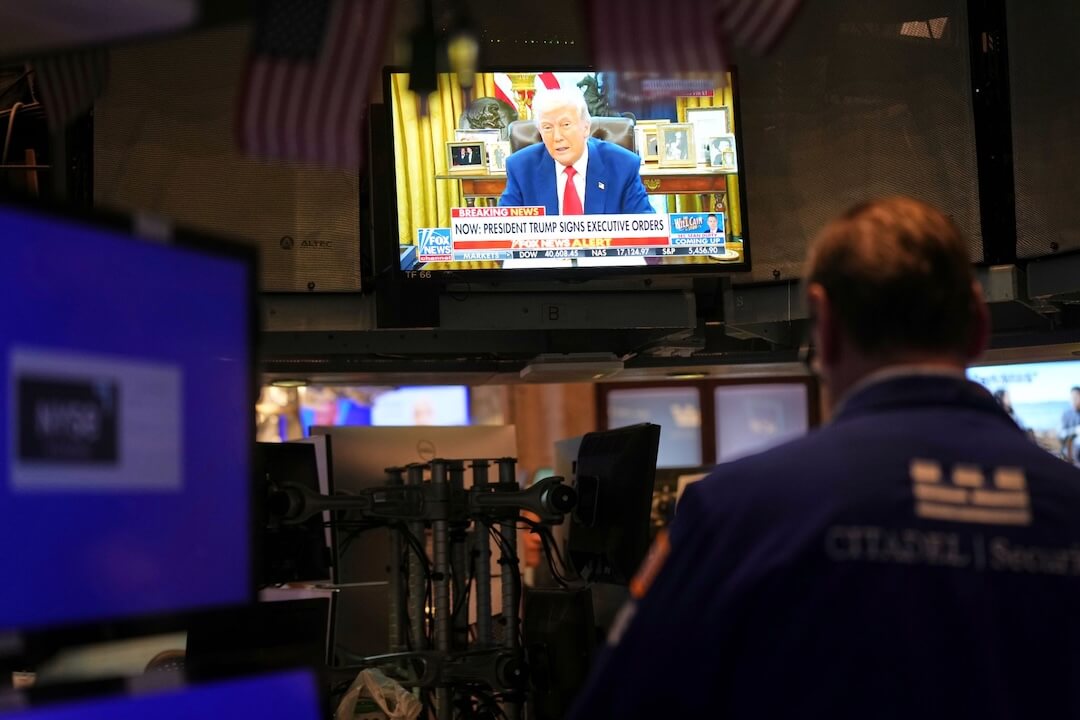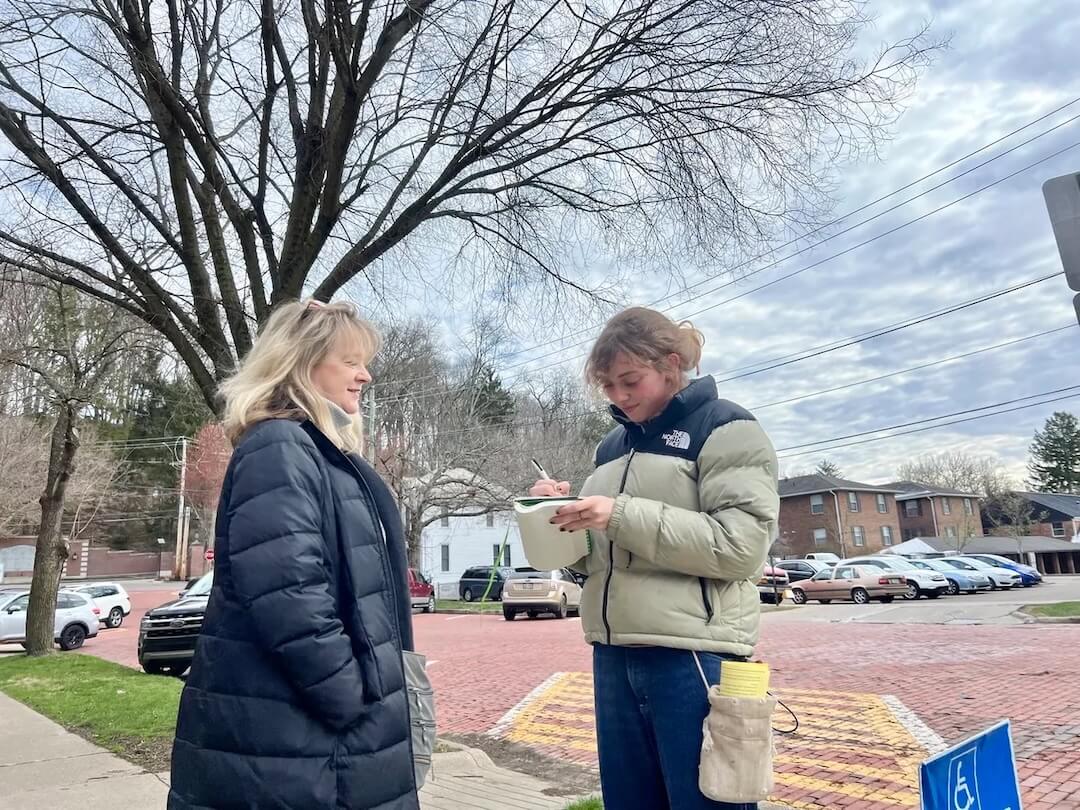After Digital First Media’s announcement two weeks ago that it was formally putting its 76 daily newspapers up for sale, the logical next question in each of those newsrooms is “so who will I be working for? And will they cut more jobs here?”
The normal time frame from offering to completed transactions is six to nine months — pushing a likely resolution to the angst well into 2015. But there are at least three deep-pocketed prospects, who have already assembled chains of dozens of papers, bought more the last two years, and can be assumed to still be on the prowl:
*Top of the list is New Media Investment Group, a public company formed earlier this year which subsumed GateHouse Media. It owns the former Dow Jones local group and struck a deal last month to buy the Providence Journal. Recapitalized as GateHouse Media emerged from bankruptcy, New Media just announced that it is issuing $90 million more in stock, presumably to buy more papers.
*Halifax Media Group, formed in 2010 to buy the Daytona Beach News Journal, later acquired the New York Times Regional Group in late 2011. This summer it bought the Telegram and Gazette of Worcester, its first foray outside the South. The company’s main financial backer is Warren Stephens of Little Rock, a Forbes 400 billionaire.
*B.H. Media Group, a part of Warren Buffett’s Berkshire Hathaway, was formed in 2011 to buy his hometown Omaha World-Herald. It soon acquired all of Media General’s dailies except the Tampa Tribune. Since then it has bought the Tulsa World, the News & Record of Greensboro, Roanoke Times and Press of Atlantic City.
All three groups specialize in mid-sized and smaller dailies (and own a number of weeklies as well). They tend to have consolidated editing centers as well as business arms offering digital marketing services. They run lean to very lean and might make further newsroom cuts, though most Digital First papers are hardly lavishly staffed to begin with.
The largest Digital First papers — The Denver Post and San Jose Mercury News — are bigger than any that the three companies own. So those titles might have more luck finding a buyer from a civic-minded rich person or a group of well-off locals.
For smaller Digital First properties, the prospects list include smaller, less known investor backed companies like Versa Capital Partners’ Civitas Media, along with family firms like Ogden Newspapers or Forum Communications, based in Fargo and focused on the Upper Midwest.
If this sounds like a very different group of acquirers from the industry leaders a decade or 15 year ago, it indeed is. Leading newspaper broker Dirks, Van Essen & Murray conveniently assembled in its summer newsletter a then-and-now picture of buyers and sellers comparing the year 2000 to the last 30 months.
2000 was a busy acquisitions year and Gannett, Tribune, Lee Enterprises, Media General and MediaNews all completed big transactions. The large public and private companies were buyers of nearly 60 percent of the properties sold.
None of those has bought a paper this decade.
Instead, in the current generation of transactions, private equity groups (27.7 percent) are the biggest players among buyers, followed by family-owned groups (19.1 percent), BH Media alone (17 percent) investor groups (13.5 percent) and local interests (12.1 percent).
On the seller side, public newspaper companies dominated in 2000 (64.9 percent). Over the last 30 months, that share fell to 27 percent, with “lender-controlled” papers acquired in bankruptcy or other circumstances of financial distress the new leading source of sales at 42.6 percent.
President of the firm, Owen Van Essen, told me that the analysis was of the number of dailies changing hands but that he did not think the results would be radically different if the dollar value of the transactions was the measure.
The sampling ended mid-year, but the firm’s methodology would not treat big spinoffs, like Tribune’s and those planned at Gannett and Scripps as sales.
As I wrote earlier in a post on what went wrong at Digital First Media, the high-profile company may have plunged too hard on a bet digital advertising could support the enterprise and still had capital needs north of $100 million to modernize CMS systems and other creaky technology and to fund digital expansion.
But Digital First has developed some strong digital advertising services, notably Ad Taxi, which streamlines buying and targeting and has many clients besides its own chain of holdings.
It is not clear (to me looking in from the outside) whether these could be the core of a reconstituted Digital First once all or most of the newspapers are sold but that would seem to be one possible scenario.
Informal explorations of a possible sale have been in progress for most of this year. It is possible that potential buyers are already focused on particular papers or a regional group that matches their strategy.
The entire group, second only to Gannett in total circulation, looks too big to swallow as a whole — but one of the acquirers or a new investment group might emerge, thus keeping the papers and the shared centralized business services together.
Of course, it is also possible that the papers won’t find buyers, as was the case when Tribune Co. explored sale of its eight titles before deciding instead to spin them off into a new company.
Van Essen said the market for newspaper deals is much improved over the last several years. Though print advertising continues its alarming decline, industry efforts to build new, alternative revenues are beginning to work. “The rate of overall revenue decline has fallen dramatically,” he said, and there is “a fairly high level of confidence of the business,” which, while smaller, remains profitable.
You could look at the prospective Digital First sale as the biggest referendum yet on investor assessment of the transforming industry, but we will likely need to wait many months for the results to be tallied.










Comments